Subclass Neopterygii Higher classification Gasterosteiformes | Phylum Chordata Infraclass Teleostei Scientific name Gasterosteidae Rank Family | |
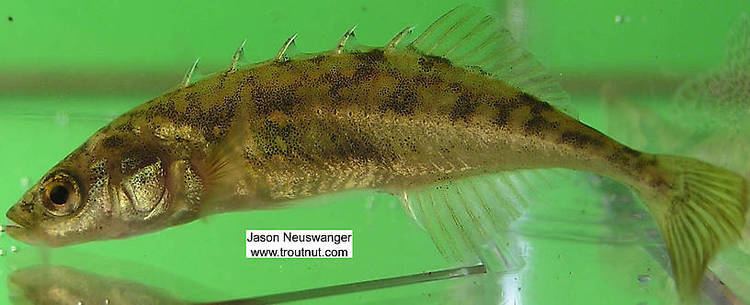 | ||
Lower classifications Three‑spined stickleback, Ninespine stickleback, Pungitius, Brook stickleback, Smallhead stickleback | ||
Natural aquarium hd movie 02 three spined stickleback fish profile
The Gasterosteidae are a family of fish including the sticklebacks. They are related to pipefish and seahorses.
Contents
- Natural aquarium hd movie 02 three spined stickleback fish profile
- Making of the fittest evolution of the stickleback fish hhmi biointeractive video
- Taxonomy
- Genera
- Description
- Sizes
- Mating
- References
Making of the fittest evolution of the stickleback fish hhmi biointeractive video
Taxonomy
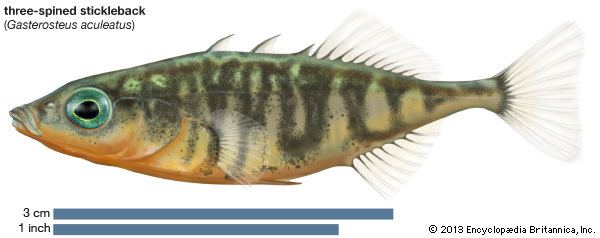
FishBase recognises 16 species in the family, grouped in five genera. However, several of the species have a number of recognised subspecies, and the taxonomy of the family is thought to be in need of revision.
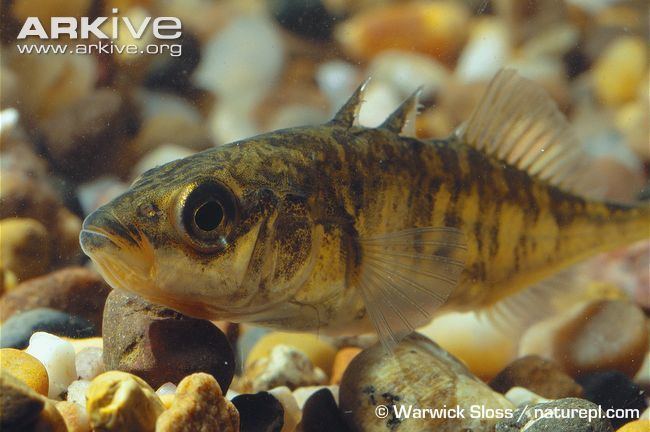
Although some authorities give the common name of the family as "sticklebacks and tube-snouts", the tube-snouts are classified in the related family Aulorhynchidae.
Genera
Genera include:
Description

Sticklebacks are most commonly found in the ocean, but some can be found in fresh water. The freshwater taxa were trapped in Europe, Asia, and North America after the Ice Age, and have evolved different features from the marine species.
Sticklebacks are carnivorous, feeding on small animals such as insects, crustaceans and fish larvae.
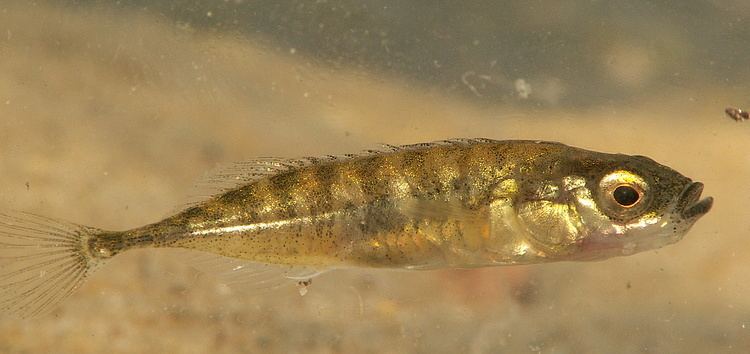
Sticklebacks are characterised by the presence of strong and clearly isolated spines in their dorsal fins. An unusual feature of sticklebacks is that they have no scales, although some species have bony armour plates.
Sizes
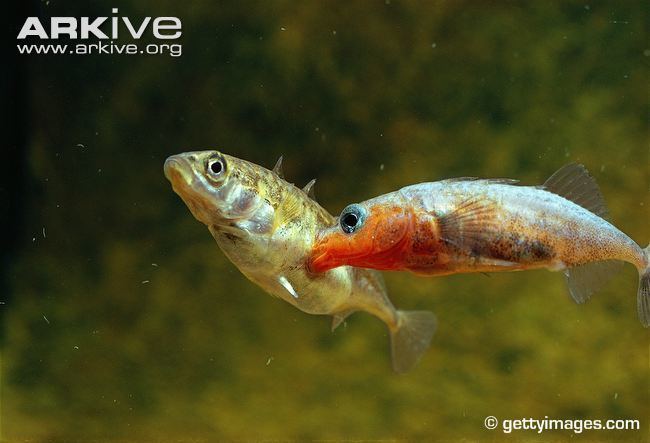
The maximum size of the best-known species, the three-spined stickleback (Gasterosteus aculeatus), is about 4 inches, but few of them are more than 3 inches long. They mature sexually at a length of about 2 inches. Most other stickleback species are roughly similar in size or somewhat smaller. The only exception is the far larger fifteen-spined stickleback (Spinachia spinachia), which can reach 22 cm (approx. 8.7 inches).
Mating
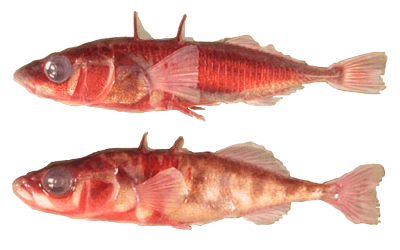
All species show a similar mating behaviour, which is also unusual among fish. The males develop a red breast and construct a nest from weeds held together by secretions from their kidneys, then attract females to the nest. The female lays her eggs inside the nest where the male can fertilise them. The male then guards the eggs until they hatch.
